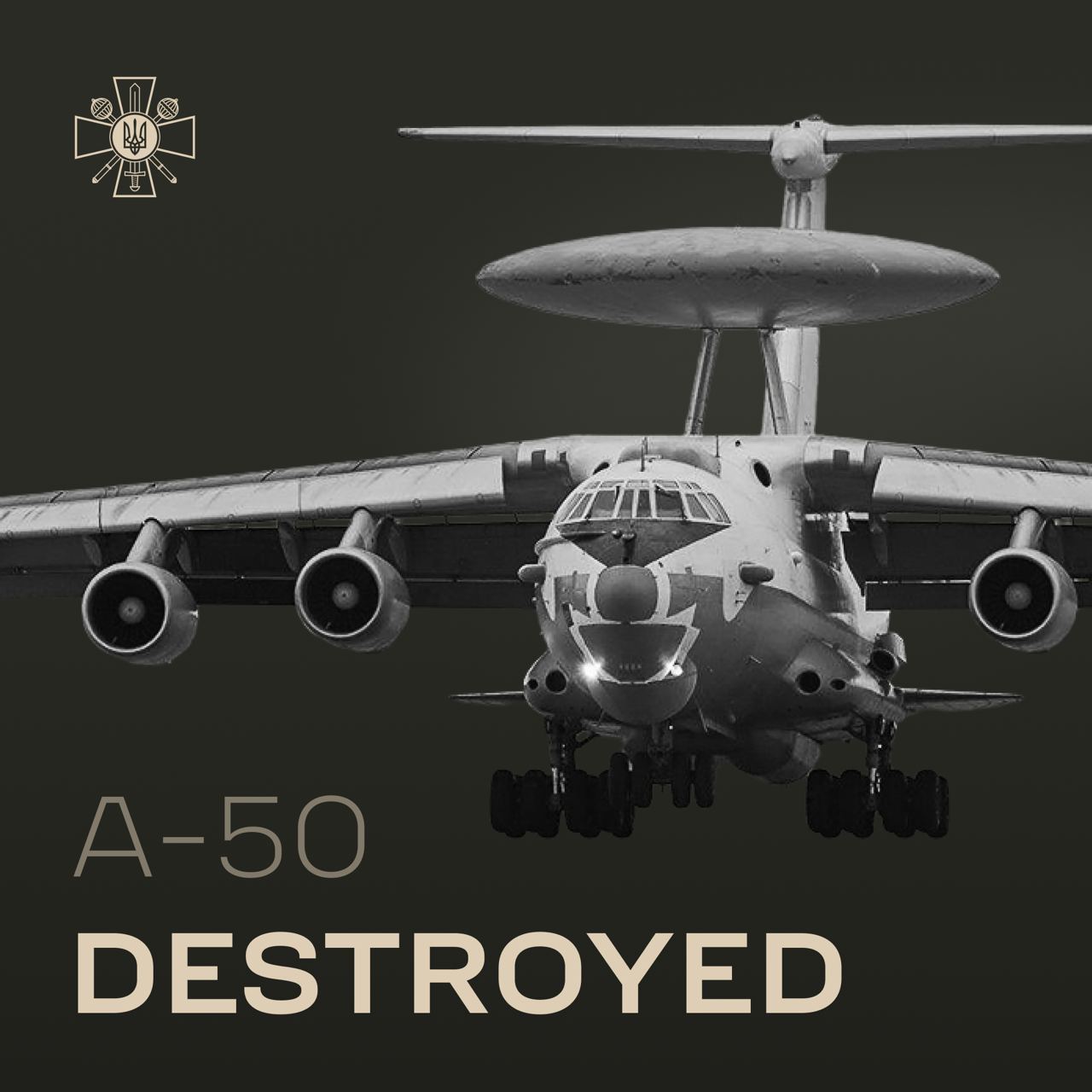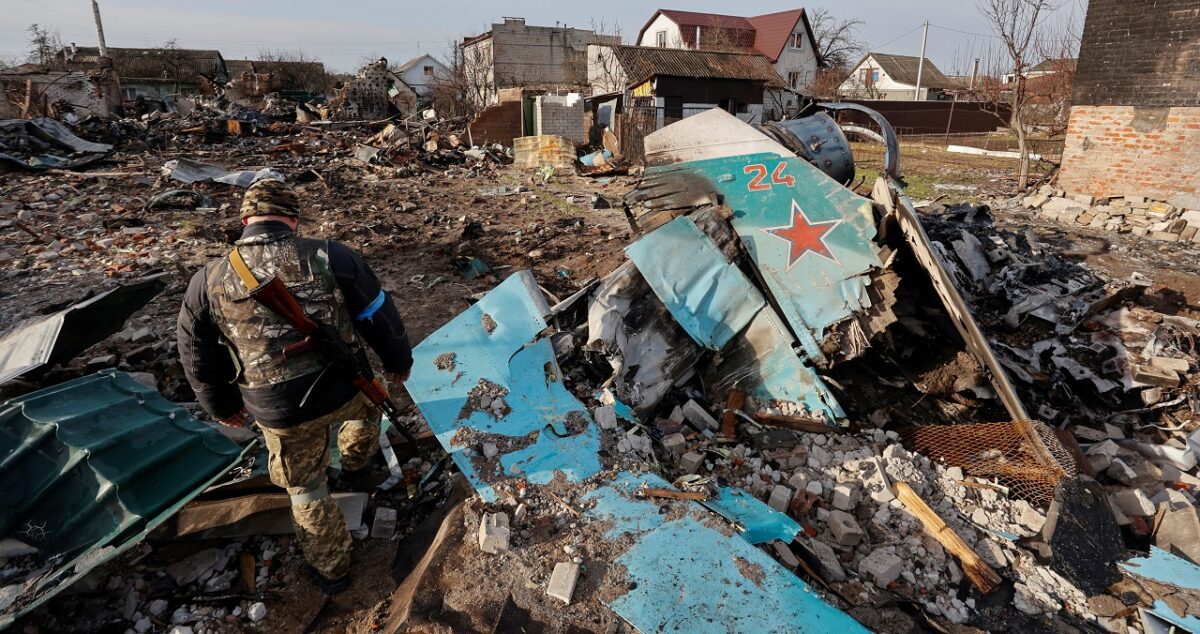A top US commander in Europe told Congress on April 10 that in over two years of fighting in Ukraine, the Russian Air Force has lost only a tenth of its fleet, and many of its military capabilities are still essentially intact.
“We do not see significant losses in the air domain, especially their (Russian) long-range and strategic aviation fleets,” Army Gen. Christopher G. Cavoli, the head of US European Command and NATO’s Supreme Allied Commander, said during a House Armed Services Committee hearing, according to a report in Air and Space Forces Magazine.
Cavoli further added, “Russia’s strategic forces, long-range aviation, cyber capabilities, space capabilities, and capabilities in the electromagnetic spectrum have lost no capacity at all. The air force has lost some aircraft, but only about 10 percent of their fleet.”
Acknowledging Russian losses, the Commander said that Russia’s incursion into Ukraine has undoubtedly resulted in a substantial loss of life and wealth. He claimed that Russia sustained 315,000 deaths and the loss of almost 2,000 tanks in the fight.
Even so, Moscow has fared better on the battlefield, largely due to its attempts to rebuild its armed forces and the Kremlin’s purchase of ballistic missiles from North Korea and drones from Iran.
Referring to Russia’s regular aircraft-launched bombardment, Cavoli stated, “Russia launches very large-scale attacks every few days keeping with their production rate…They produce, they save up, they launch a big attack.”
The Commander said Ukraine had significant success on the battlefield, especially since it managed to knock out at least two A-50 Mainstay Command and Control aircraft.

However, Russian aircraft have largely adjusted by avoiding the areas where Ukraine’s air defenses — many of which have been supplied by the West — are expected to engage them. Russian warplanes, according to him, have evaded Ukrainian air defenses by using standoff weaponry and have modified their tactics after entering Ukrainian airspace.
This statement might be unsettling to the Ukrainian military, which claims that it regularly causes significant damage to the Russian Aerospace Forces. By the end of February, when Ukraine marked two years since the Russian invasion, the Ukrainian military claimed it had managed to take down 342 Russian planes and 325 helicopters.
While these claims could not be independently verified, between mid-February and early March, the Ukrainian air defense forces claimed they had shot down about two dozen Russian fighter jets, most of them the formidable Su-34 Fullback bomber, which launches guided bombs.
Celebrating the shootdown of two Su-34 bombers, Ukrainian Air Force commander Mykola Oleshchuk said, “Given such losses of fighter and special aircraft, the Russians should have a think and stop their aviation meat grinders at least for some time.”
The reports from Ukraine noted that Russia lost a huge number of aircraft as it was attempting to gain ground in Ukraine following the evacuation of Ukrainian forces from Avdiivka and three other villages in the Donetsk Oblast region. At that time, Yuriy Ihnat, the Air Force’s spokesman, told reporters that Ukraine had accumulated “tools” to destroy planes “at quite long distances.”
Military watchers attributed most of these shootouts to the Patriot missile defense systems. Justin Bronk, a senior research fellow at British think tank RUSI, said, “Ukraine is being more aggressive with risking Patriot launchers close to the frontlines to engage Russian jets.”
Ukrainian forces also claimed to have destroyed several Russian fighter jets and bombers parked on airfields inside Russia. The US Commander’s comments might then play a dampener for Ukraine.

Ukraine’s Tall Claims
Last week, dozens of Ukrainian drones targeted locations around western Russia, including an airbase housing a squadron of Sukhoi fighters. At least six fighters of the Russian Federation were allegedly destroyed in the attack.
According to sources cited by Ukrainian media, Ukraine used drones to attack four airfields: Engels, located 730 kilometers (450 miles) southeast of Moscow; Morozovsk, located 870 kilometers (540 miles) southeast of Moscow; Yeysk, located 1,000 kilometers (620 miles) south of Moscow; and Kursk, located 450 kilometers (280 miles) southwest of Moscow.
Russia had a very rough night.
Ukrainian forces launched massive strikes on Rostov region, in particular on Morozovsk Airbase.
Russian MoD claims it shot down 44 kamikaze UAVs.
Shot downs also reported in Engels, Yeisk, Belgorod & Kursk regions. pic.twitter.com/oft8U84p2S
— Clash Report (@clashreport) April 5, 2024
Reports stated that Morozovsk saw the most damage caused by Ukraine. Six unidentified planes were destroyed, eight others were damaged, eight others, and 20-odd soldiers were killed.
Additionally, according to the reports, three Sukhoi-25 bombers and two Tupolev-95 strategic bombers were damaged at Yeysk and Engels, respectively. The Institute for the Study of War (ISW), a Washington, DC-based think tank, said, “If confirmed, the possible loss of roughly five percent of Russia’s strategic Tu-95 bombers in a single strike would be notable.”
The ISW underscored that the loss of Sukhoi was also “not negligible since Russia likely has about 300 various Sukhoi fixed-wing aircraft”.
Besides the drone attacks, Ukraine has also tweaked its battlefield strategy to move its air defenses closer to the frontline, as Russia is reportedly using air support for its ground troops that are steadily advancing inside Ukraine.
- Contact the author at sakshi.tiwari9555 (at) gmail.com
- Follow EurAsian Times on Google News




